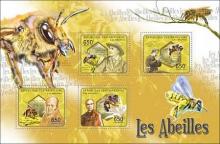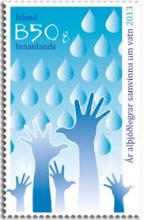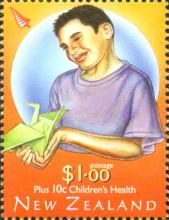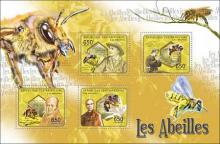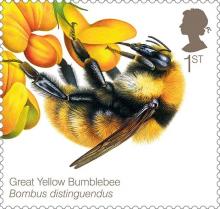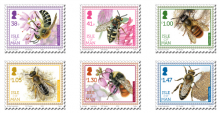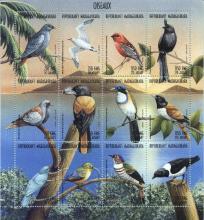Drei Neonikotinoide jetzt auch zur Beizung von Wintergetreide verboten. BUND begrüßt Eilverordnung, fordert aber Verbot aller Neonikotinoide
Der BUND begrüßt das neue Verbot der Neonikotinoide Clothianidin, Thiamethoxam und Imidacloprid zur Saatgutbeizung für Wintergetreide. Bundeslandwirtschaftsminister Christian Schmidt hatte per Eilverordnung ein „vollständiges Verbot der Einfuhr und des Inverkehrbringens“ dieser drei Pestizidwirkstoffe angeordnet. Der BUND-Pestizidexperte Tomas Brückmann sagte zu der Entscheidung: „Neonikotinoide tragen maßgeblich zum weltweiten Bienenvölkersterben bei. Das gesetzliche Verbot zur Beizung von Wintergetreide kann nur ein Schritt auf dem Weg dazu sein, alle Neonikotinoide vom Markt zu nehmen. Neonikotinoide stören das Immunsystem und das Lernvermögen der Bienen erheblich. EU-weit sind die drei jetzt per Eilverordnung eingeschränkten Neonikotinoide zwar seit Dezember 2013 für bienenrelevante Kulturen verboten. Experten kritisieren aber, dass auch die Verwendung in so genannten nicht bienenrelevanten Kulturen große Gefahren für Bienen und Umwelt verursacht. Weitere gefährliche Neonikotinoide sind außerdem noch ohne jegliche Einschränkung zugelassen. Landwirtschaftsminister Schmidt muss jetzt konsequent sein und das zuständige Bundesamt anweisen, die Zulassungen aller neonikotinoidhaltiger Produkte zurückzunehmen. Neonikotinoide sind Nervengifte, die Bienen und andere Lebewesen erheblich schädigen, sie müssen deshalb ausnahmslos verboten werden.“

